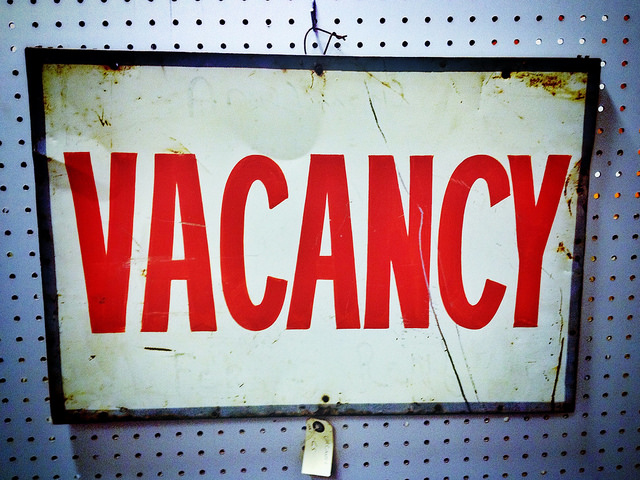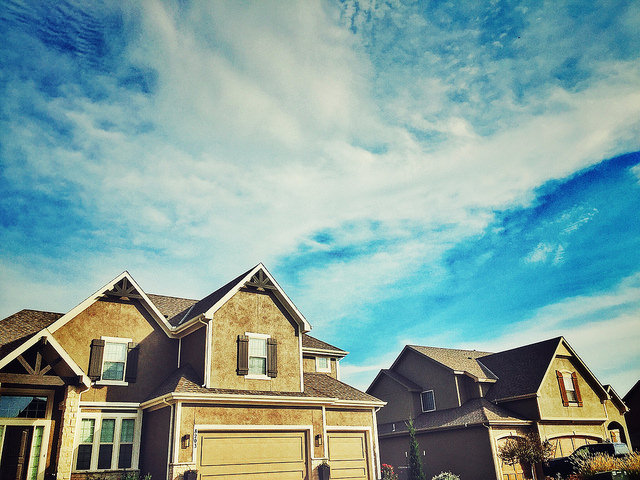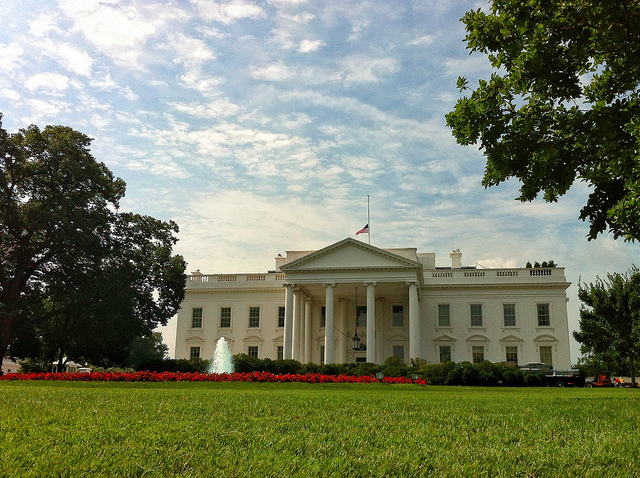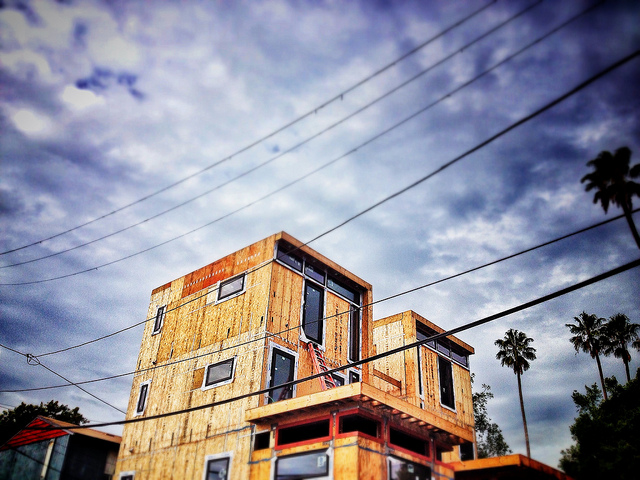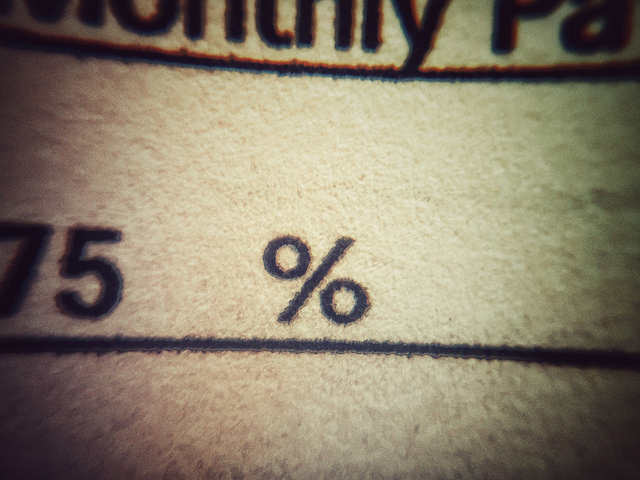There are nearly 85 million residential properties in the United States. How many of those properties are available to potential buyers determines, in part, whether or not home prices rise or fall. When there are a lot of homes available for sale, buyers will be able to find better deals. When there are fewer homes on the market, sellers will benefit. One way to determine where home prices might be headed is to keep an eye on inventory levels and the vacancy rate. For example, RealtyTrac recently released its Q1 2016 U.S. Residential Property Vacancy Analysis. According to their numbers, there were more than 1.3 million vacant properties at the beginning of February. That’s down 9.3 percent from their last analysis in the third quarter of 2015. But, though fewer vacant homes seems like a positive development, too few vacancies can put upward pressure on prices. RealtyTrac vice president, Daren Blomquist, says low inventory levels around the country are pushing prices higher. “With several notable exceptions, the challenge facing most U.S. real estate markets is not too many vacant homes but too few,†Blomquist said. “The razor-thin vacancy rates in many markets are placing upward pressure on home prices and rents.†More here.



